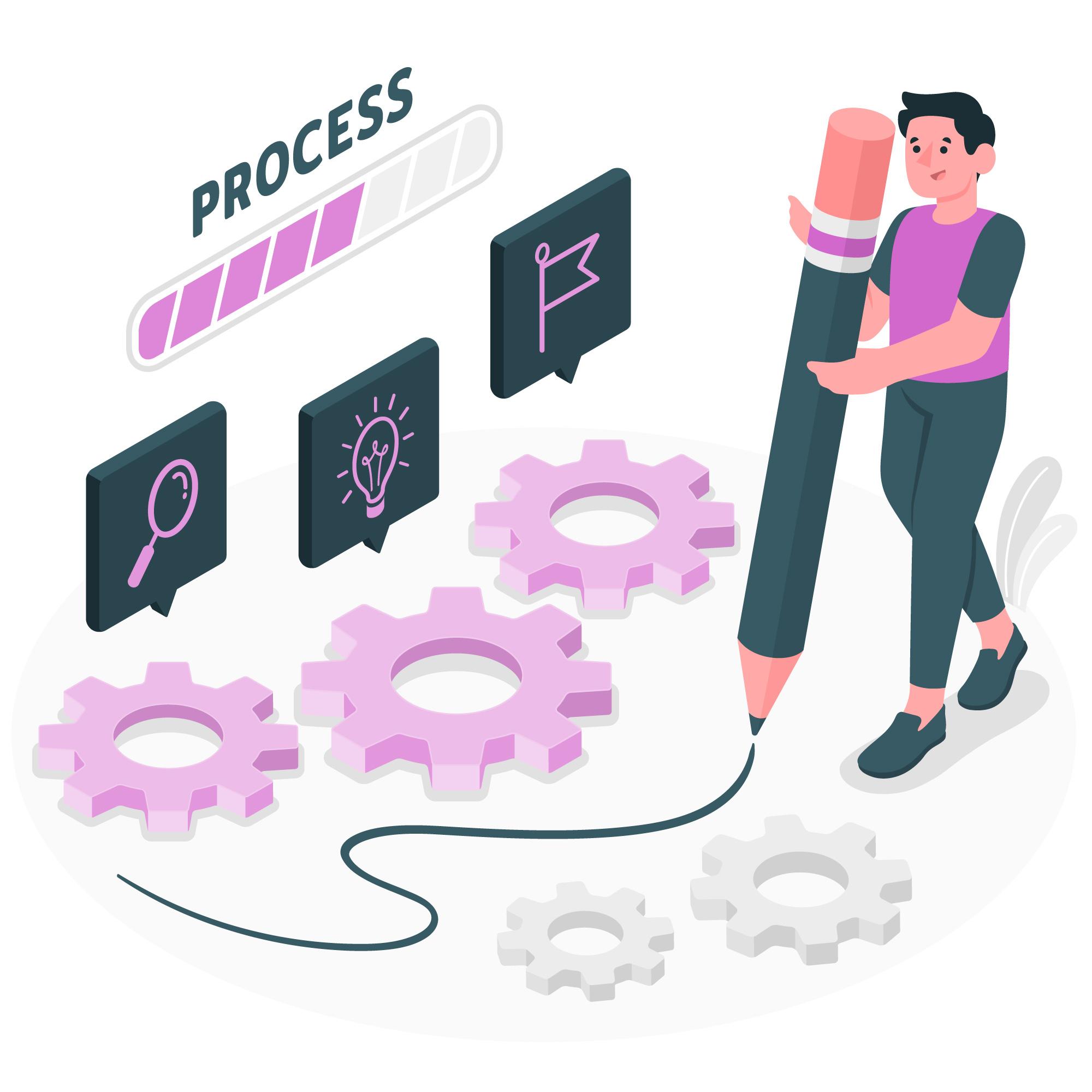
Introduction
The staffing industry thrives on delivering talent swiftly and efficiently to meet the diverse needs of businesses. As mergers and acquisitions (M&A) continue to reshape the landscape, operational and process efficiencies are increasingly being spotlighted. But why are these efficiencies crucial, and how do they relate to M&A in the staffing sector? Let’s explore.
The Crucial Role of Operational Efficiency
Operational efficiency refers to the ability of an organization to deliver products or services in the most cost-effective manner without sacrificing quality. For staffing agencies, this means:
- Rapid Response Times: Quickly addressing client requests for talent.
- Effective Talent Management: Optimizing the recruitment, training, and retention of staff.
- Streamlined Back-Office Operations: Efficiently managing invoicing, payroll, and other administrative tasks.
Process Efficiencies: The Backbone of Operations
Processes are the detailed steps and procedures that guide how tasks are completed within an organization. In staffing, robust processes can:
- Drive Consistency: Ensure that every client experiences the same high level of service, regardless of which consultant or branch they interact with.
- Improve Scalability: As the agency grows, strong processes can be rolled out to new branches or departments with minimal disruption.
- Enhance Compliance: In a sector rife with regulations, standardized processes help maintain compliance, reducing the risk of legal complications.
The M&A Connection
When one company acquires another, especially in the staffing industry, the union is not just of assets but of systems, procedures, and cultures. Here’s how operational and process efficiencies play a pivotal role:
- Valuation: Companies with demonstrated operational and process efficiencies often fetch a higher valuation during the acquisition process because they promise better profitability and scalability.
- Integration: Post-acquisition, integrating two companies can be challenging. However, if both companies have robust and documented processes, this integration can be smoother. The emphasis here is on aligning best practices and eliminating redundant processes.
- Client Retention: Clients need assurances that the services they rely on won’t be disrupted by the merger. Efficient operations can ensure a seamless transition, fostering client trust and loyalty.
- Future Growth: With combined resources post-acquisition, a newly merged company with solid operational and process efficiencies can scale more rapidly, seizing market opportunities more effectively.

Companies with demonstrated operational and process efficiencies often fetch a higher valuation during the acquisition process because they promise better profitability and scalability.
In Conclusion
Operational and process efficiencies aren’t just buzzwords. They are the gears that keep the staffing industry’s engine running smoothly, especially in the dynamic world of M&A. As companies in this sector look to expand, adapt, and evolve, these efficiencies will remain front and center in shaping their success trajectories.
Q&A: Operational and Process Efficiencies in M&A
Firms can utilize operational audits, feedback loops with clients and candidates, and technology tools that analyze workflow and identify bottlenecks. Regularly reviewing KPIs (Key Performance Indicators) can also spotlight areas needing attention.
Absolutely! There are various staffing software solutions offering applicant tracking systems (ATS), CRM capabilities, and automation features that can significantly improve process efficiency.
Begin with a thorough audit of both companies’ processes. Identify best practices, eliminate redundancies, and involve key stakeholders from both entities in the decision-making process. Regular communication is crucial.
Culture significantly influences how tasks are approached and executed. During M&A, aligning company cultures ensures that teams have a unified approach to operational tasks, promoting efficiency and reducing friction.
While all sectors benefit from process efficiency, areas like healthcare staffing or IT staffing, which are highly specialized and heavily regulated, may require extra attention to ensure seamless and compliant operations post-M&A.





